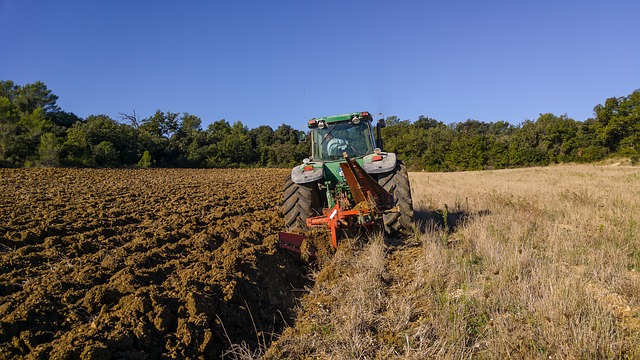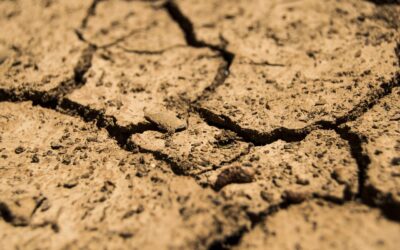The province’s labour productivity in primary agriculture – crop and animal production – has increased significantly over the last decade.
“Labour productivity measures how efficiently an economy transforms inputs into outputs,” explains Jean Marie Uwizeyimana, agri-food statistician with Alberta Agriculture and Forestry (AF). “An economy is considered to be more productive when it produces the same amount or more outputs with fewer hours. It is measured as gross domestic product (GDP) per hour worked.”
Between 2009 and 2018, the province’s labour productivity in primary agriculture increased from $32.1 per hour worked to $53.8 per hour worked. Alberta’s primary agriculture had the third highest labour productivity in Canada, behind Saskatchewan and Manitoba.
Uwizeyimana says that the crop production sub-sector is the key driver of primary agriculture labour productivity. “For example, Alberta’s labour productivity in crop production reached $127.7 per hour in 2018 and has more than doubled over the last decade. “The province’s crop production had the second highest labour productivity in Canada in 2018, behind Saskatchewan with labour productivity of $137.8 per hour. Manitoba’s crop production ranked third in labour productivity at $109.6 per hour.”
He adds that Alberta’s crop production GDP increased by almost 40% during that same time. “As well, the total number of hours used in crop production declined by more than 42%. Therefore, crop production in the province has been more efficient and effective over the past 10 years.”
The labour productivity between crop production and animal production is quite different, he explains. “While labour productivity in crop production in Alberta was $127.7 per hour in 2018, it was only $7.9 per hour in animal production. This difference is not unique to Alberta, as similar patterns are observed across all Canadian provinces. To understand the difference, one needs to look at the definition of labour productivity.”
“Labour productivity is calculated by dividing GDP by the total number of hours used. For example, Alberta’s crop production used 34.6 million hours to generate $4.5 billion in GDP in 2018. Animal production used 65% more hours, or 57.1 million hours, to generate only a GDP of $453.3 million. We can conclude that the animal production sub-sector is more labour intensive than the crop production subsector. This seems to be the trend across all provinces.”
He says there are many factors that contribute to labour productivity growth. “Those include adding more machines and equipment for workers to use, more skilled workers, increasing plant size, changing organizational structure, and adoption of new technologies.”
Source: Alberta Agriculture





